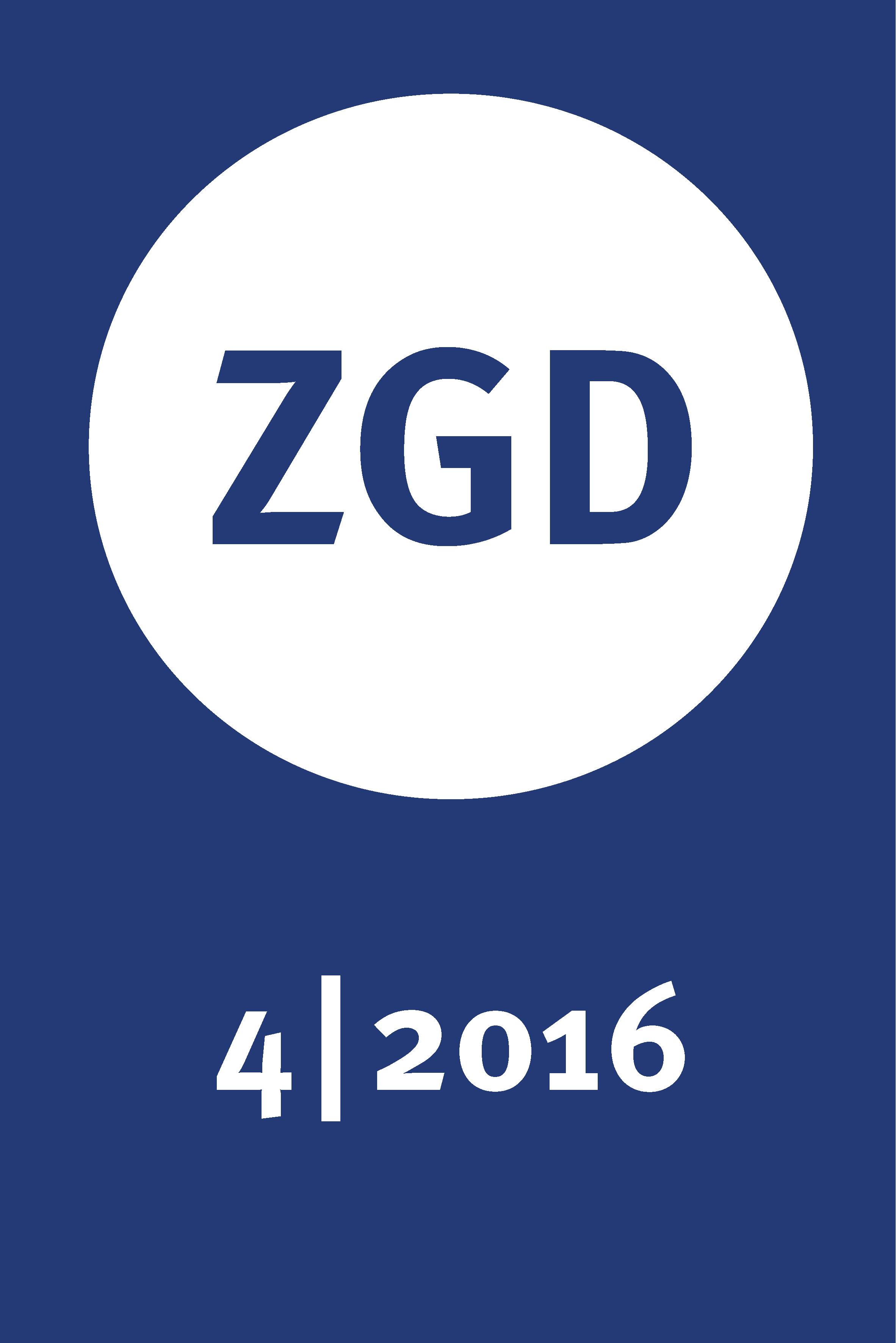“The Whole Picture of the Fatherland Always in Mind”: Hermann Haack and the Gotha School Cartography from the Wilhelminian Era to the End of National Socialism
DOI:
https://doi.org/10.18452/23266Keywords:
critical cartography, Hermann Haack, history of school cartography, radical nationalism, school wall mapsAbstract
Hermann Haack was one of the most important German cartographers of the first half of the twentieth century. The renowned chief-cartographer of the cartographical publishing house Justus Perthes in Gotha was responsible for the innovative development of atlases and globes, and in particular school wall maps. For more than hundred years his name has been standing for a brand product with highest cartographic standards. To this day, Haack's principles of map design have lost none of their validity. His principles of "correctness, clarity" and "vividness" are the starting point for effective didactic knowledge transfer on a scientific basis. Nevertheless, it can be shown that Haack's design principles were used by him in ambivalent ways. His maps could open the viewer's eyes or dazzle him. Many of the maps drawn up by Haack served concrete political aims and brought nationalist, imperialist and race issues into the classroom. The essay questions and contextualizes the supposedly apolitical Hermann Haack and exposes the affinities of the person and his work to radical nationalism. In the focus are the cartographical concepts as well as the proposed applications of the maps in school.
Downloads
Published
How to Cite
Issue
Section
License
Copyright (c) 2016 Journal of Geography Education

This work is licensed under a Creative Commons Attribution-NonCommercial-NoDerivatives 4.0 International License.







